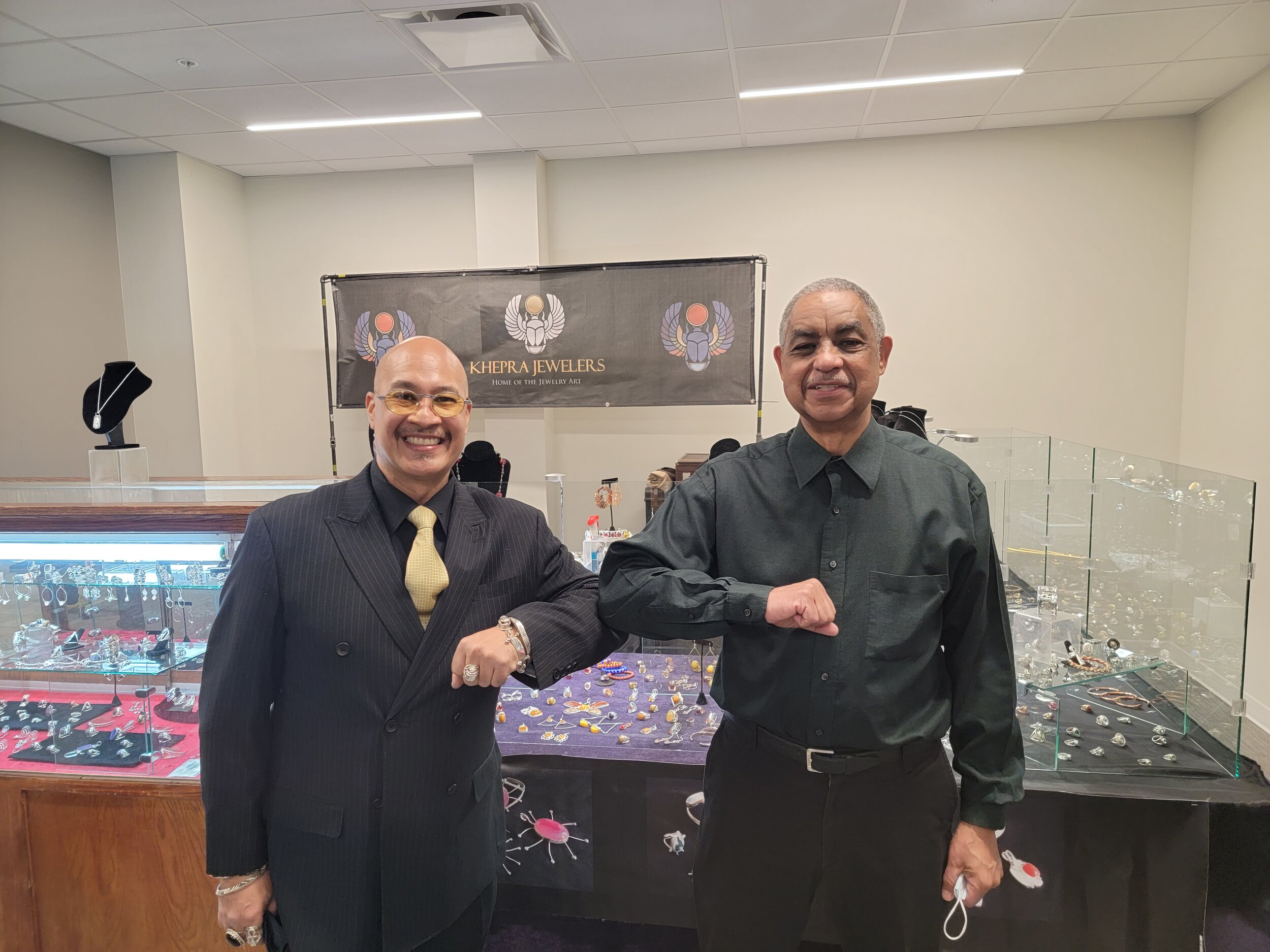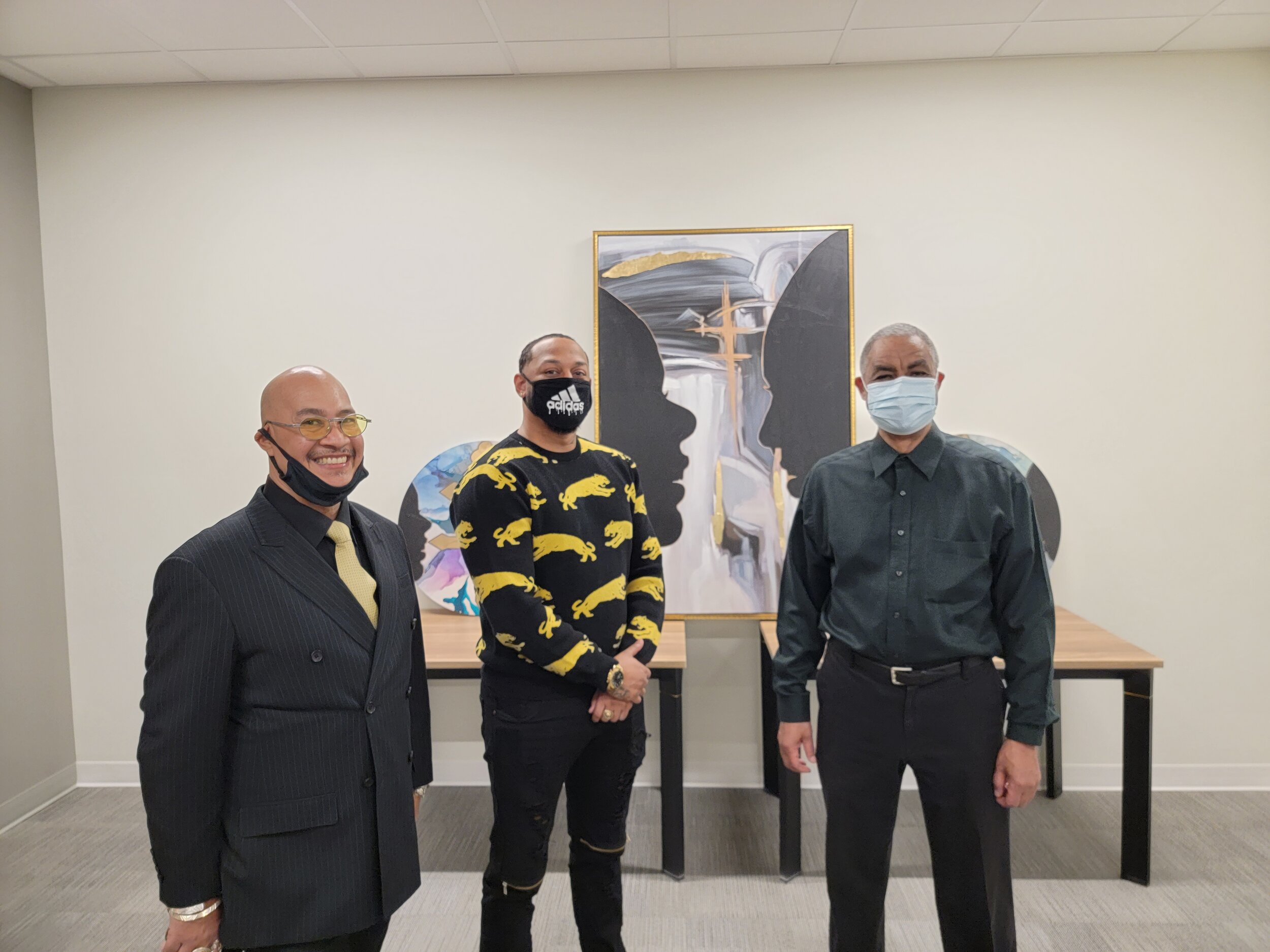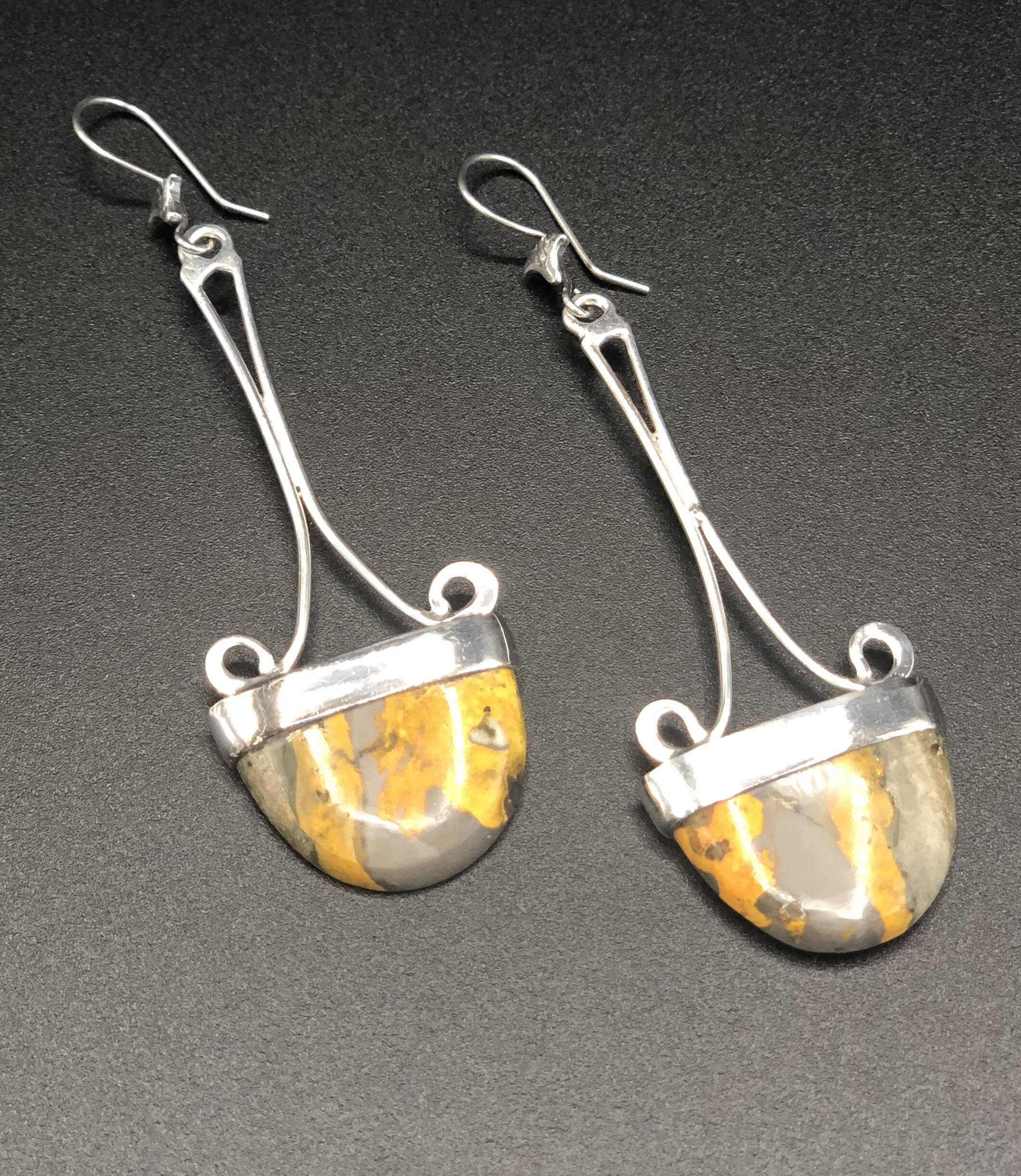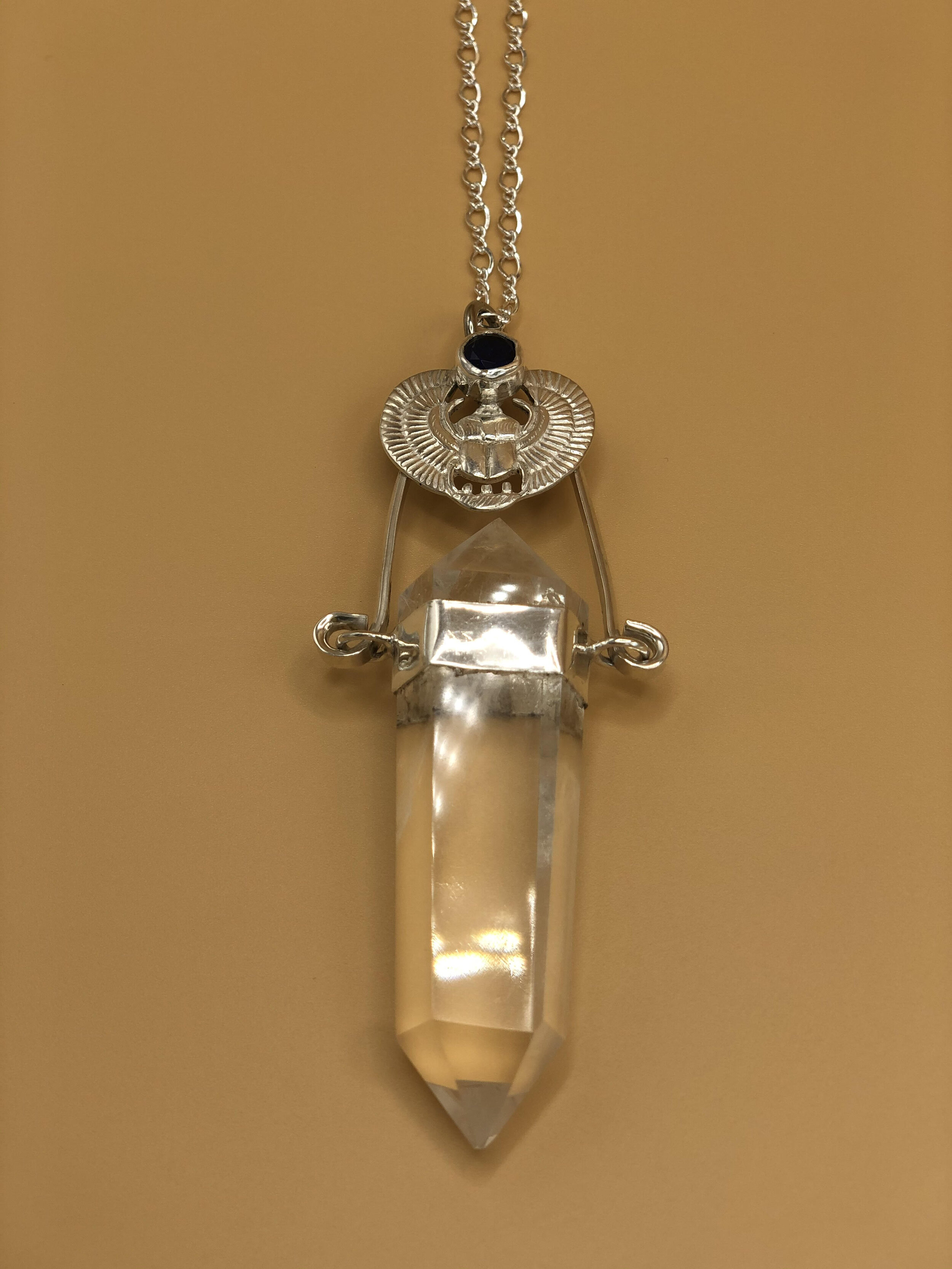"WI Has All Hands On Deck When It Comes To Tech" | w/ Nadiyah Johnson
/Who are the big dawgz that come to mind when you hear the word technology? Is it Thomas Edison, Steve Jobs, the Wright Bros, or Alexander G. Bell? Or maybe it’s not who but what comes to mind? Many think of science labs, China, and the latest iPhone. For technology to consume, intrigue, and play a pivotal role in everyone’s life from Michael J. Fox to Jamie Foxx, why does the industry seem so black & white? What if I told you MKE had it’s very own tech mogul not only making noise in the city but who is also a black woman [whose hair is always laid]?
Nadiyah Johnson. That’s her name!
Although the Marquette University grad’s initial major was international politics; her first love was technology. Johnson has always stood on business when it comes to her goals and vision: to put Wisconsin on the map for changing the way the tech world looks and operates; meaning inclusivity for Black and Brown people. This initiative drove Nadiyah to fall in love with technology. She states, “I fell in love with technology when I saw its potential to transform communities. Growing up, I was always fascinated by how things worked, but it wasn’t until I realized the power of tech to create equitable opportunities and solve real-world problems that I truly fell in love with it.” Johnson’s father introduced her to the versatility and significance of tech when she was young, and her fascination happened quickly. It wasn’t until halfway through college that she realized tech not only solves many problems throughout the world but the industry also has its own challenges; A lack of representation and diversity are on the top of that list.
I had a front-row seat to witness Nadiyah in action at the Equity In Tech event at the University of Wisconsin (October 9th, 2024). No matter if you are as tech savvy as a 10-year-old on TikTok or someone who needs their niece to help them write a text; any and everybody could relate to one another at her event. From the moment I walked in the door, there was a spread of good food, desserts, business pop-ups, and engaging conversation. The event kicked off with keynote speaker Agustin Lopez, Assistant Special Agent for the FBI, sharing both hilarious and jaw-dropping career stories that gave him the strength and motivation to stay in the field and never give up on his dreams or vision for the life of everyday people that make up cities just like ours!
Lopez didn’t just keep my attention, everyone else in the audience were at the edge of their seats with his life story and nerve-wracking career highlights but also by introducing the topic of Artificial Intelligence [AI]. With its function to simplify and perform has excited millions across the board since it seems it’ll make life easier. However; you may hear about AI in convos throughout MKE usually starting with “I’m gonna lose my job to a robot.” or “There’s no real connection with AI.”. The list of issues arising within AI that myself and the rest of Johnson & Lopez’s audience discussed could be considered longer than Hip Hop’s Top 100 rappers. From invasion of privacy, voice-cloning, financial theft, and blurring the lines of what’s real and what’s not; I learned a valuable lesson in that moment. Yes, artificial intelligence will indeed be a force to be reckoned with when it comes to tackling 414’s biggest issues such as food scarcity but it is also will fire up fear and confusion if not used properly and intentionally. I believe the logic and computational science behind it is a genius foundation for a brighter future but it’s also very easy to become dangerous if we all don’t become educated and in the driver's seat of what exactly AI can contribute to all dope cities including MKE. This is why I’m glad Nadiyah introduced exercises that made everyone in attendance go to the drawing board and see how each one of us would utilize AI when it comes to solving problems knocking on our own doors in WI.
Johnson broke the participants into four teams as she lead her hackathon (a collaborative event where a group of people come together to create a prototype or product in a short amount of time). She allowed each of them to utilize AI resources such as ChatGPT to create phone apps, websites, and other solutions to Milwaukee’s biggest issues they could think of. The room felt like a mecca of brown and black people coming together with out-of-this-world ideas and questions to take on any conflict or problem head-on. The room was full of unique and widespread perspectives that deepened the convo even further time and time again. Although the breakout session was supposed to make the event more active and engaging; they did something even better: create the spark in the minds of tech entrepreneurs, business owners, and those in the corporate world to start to apply how they could solve their very own issues in that moment. I’d say it was a success!
The Equity In Tech event raised several questions but one rang in my head loud & clear: what keeps Nadiyah motivated to tackle such a challenging journey to diversity in tech and the economy? Johnson quickly replied, “My motivation stems from the people I serve. Seeing the talent and creativity in underrepresented communities, yet knowing that these individuals often don’t get a fair chance in tech, drives me every day. Hope drives innovation.” One would think the break-out groups or keynote speaker Agustin Lopez speaking on AI-powered fraud was the highlight of last week’s WI Tech Month event but in my opinion, it was Johnson’s empowering remarks about how the ecosystem is evolving into a more optimistic light rather than negative. “Organizations like Milky Way Tech Hub and Latinos in tech have emerged as top leaders in our state-wide ecosystem. The question that we are solving for now is -- how do we sustain and scale this momentum? I envision a future where Milwaukee, and Wisconsin as a whole, becomes a hub for Black tech talent, where underrepresented groups are not just participants but leaders in the industry. We have the potential to set the standard for what an equitable tech ecosystem looks like”. Nadiyah Johnson has made it her mission to continue to stand on business when it comes to showcasing just how bright Wisconsin’s present and future will be once everyone sees their is magic in representation, equal opportunity, and diversity!
Desriana Gilbert | Entertainment & Social Journalist for /CW















